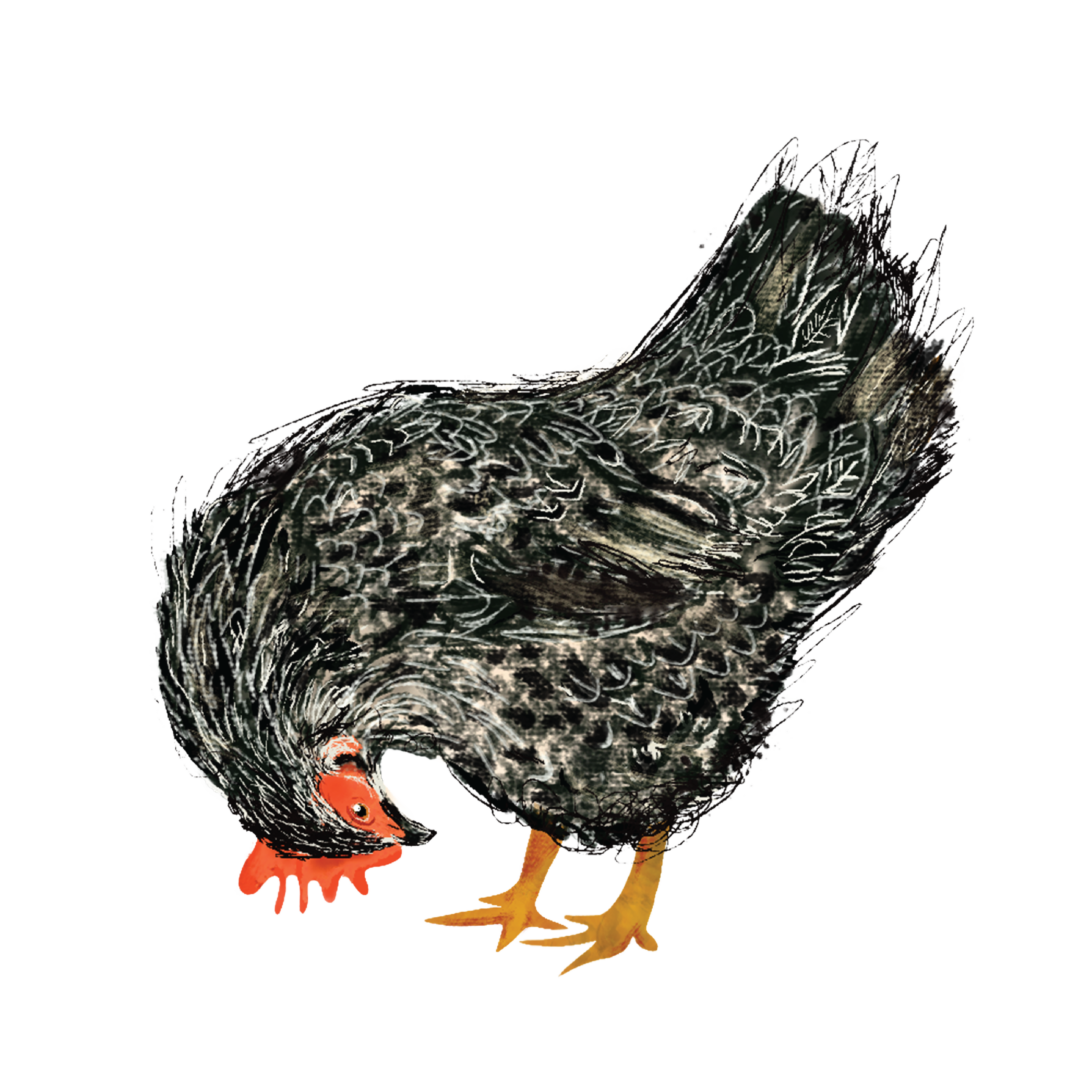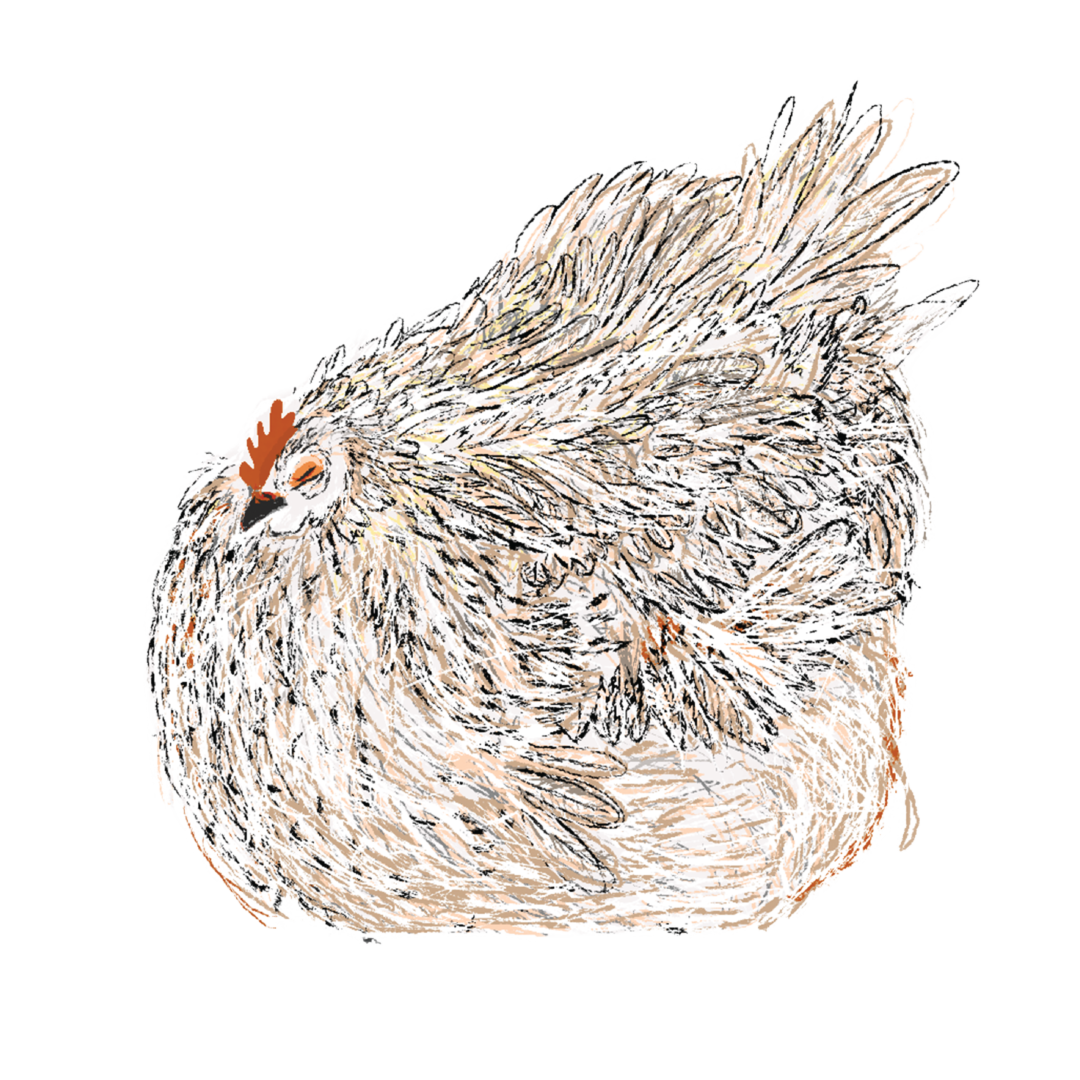Garden Thyme: Chickens in the City?
Urban chicken farming presents an exciting opportunity for residents, both in the city and suburbs, to connect with nature and enjoy the benefits of fresh eggs. We have gathered some valuable insights and practical tips to share, to help you embark on your backyard chicken adventure and ensure success in raising chickens in the city.
Before you start on your chick-venture, make sure you can farm chickens on your property. Adherence to local regulations regarding permissible breeds and quantity is essential to avoid potential conflicts. Check with your homeowners association to make sure your neighborhood allows you to have chickens, and make sure to ask if there are any additional guidelines.
Choosing the Right Breed
Selecting the right breed of chickens is crucial for thriving around Houston’s climate. Optimal choices include breeds such as Rhode Island Reds, Australorps, or Barred Plymouth Rocks, known for their resilience in withstanding the region’s heat. One of my favorite resources is your local Tractor Supply. Mine has chicks every Saturday during the spring and summer, and their staff are extremely knowledgeable.
Caring for Chicks in Their First Weeks
So you’ve gotten your hands on some adorable day-old chicks! While undeniably cute, these little fluff balls require specific care to thrive. Here’s a chick- care crash course:
Brooder Bliss:
Chicks can’t regulate their body temperature yet, so provide a draft-free brooder with a heat lamp set to the appropriate temperature (around 90 degrees Fahrenheit at chick level). Line the floor with a few inches of soft, absorbent bedding like wood shavings or pine chips – avoid anything too small or pelletized, as chicks might ingest it. In the first few days, newspaper may be the best bedding option, as it can get messy and newspaper is absorbent and easy to change. Beware of using heat lamps too close to the chicks, as overheating can lead to issues with your chicks, like “pasty butt.” Ensure that your chicks can get out of the heat if they want to.
Nourishment Essentials:
Fresh, clean water is vital. Consider adding electrolytes and probiotics to help their developing digestive system. Provide chick crumble, a specially formulated feed that meets their nutritional needs, and keep it readily available in a shallow dish. Scatter a small amount of chick starter mash on a separate tray – it’s high in protein and perfect for their tiny beaks. If chicks are looking weak or sickly, scrambled eggs can also be fed to increase protein.
Cozy Comfort:
Bedding depth is important. As chicks grow, gradually add more to maintain a comfortable level that allows them to burrow and fluff their feathers. This helps them stay warm and conserves energy.
Coop Dreams on Hold:
Those fuzzy bundles might look ready for the coop, but their delicate bodies need more protection. Chicks should be kept indoors in their brooder until they are fully feathered, typically around 6-8 weeks old.This ensures they can maintain their body temperature and avoid drafts. By then, they’ll be ready to explore their coop and venture outdoors under supervision.
Preparing Your Space:
It’s really important for your chickens to have a nice place to live. They need a big coop with comfy spots for laying eggs. Make sure there’s enough room for them to move around and some cozy boxes for nesting. Each chicken typically needs a minimum of 2-3 square feet of indoor space within the coop, and 8-10 square feet of outdoor space. They also need natural activities like a space for scratching, dust bathing, and foraging. This will ensure your chickens stay happy and well adjusted to the environment. And don’t forget to clean their home regularly to keep them feeling good. We suggest cleaning anything that looks dirty at the minimum of once per week, and a deep clean at least once per year. This will prevent the buildup of bacteria and possible parasites.
Feeding and Nutrition:
Feeding and nutrition are essential aspects of caring for chickens, ensuring their health, productivity, and overall well-being. A balanced diet is crucial, consisting of commercial chicken feed appropriate for their age and purpose, supplemented with fresh foods like fruits, vegetables, and grains. Access to clean, fresh water should be provided at all times, along with additional supplements like crushed oyster shells for eggshell formation. While treats can be offered occasionally, moderation is key to prevent nutritional imbalances. Establishing a regular feeding schedule and monitoring their health for signs of deficiencies or imbalances are important practices to maintain optimal nutrition for your flock.
Healthcare and Maintenance:
Regular monitoring of the chickens’ health status and diligent maintenance of their living quarters are fundamental practices. Signs of illness or injury include lethargy, decreased appetite, abnormal droppings, or unusual behaviors. Providing a clean and sanitary living environment, including regularly cleaning the coop and ensuring proper ventilation, helps prevent diseases and parasites. Routine vaccinations and deworming can also be important preventive measures, depending on the region and specific risks. Prompt treatment of any health issues, including consulting a veterinarian experienced with poultry if necessary, is crucial to ensuring the well-being of your chickens. Additionally, practicing measures, such as limiting contact with other flocks and disinfecting equipment, can help prevent the spread of diseases. Regularly trimming nails and beaks, as well as providing dust baths for natural parasite control, are also important aspects of chicken healthcare.
Community Engagement:
The new-age Homesteading community is massive. You should engage often with local poultry groups and online forums to facilitate knowledge exchange and networking opportunities within the community. Hosting neighborhood gatherings or participating in educational events fosters camaraderie and mutual support among enthusiasts. You can also sweeten the relationship between any unhappy neighbors by selling or giving away your new supply of farm fresh eggs! And trust me, you’ll have plenty! (Those new chicks can take anywhere from 3-6 months to begin laying eggs for you! So be patient!)
Urban chicken farming offers a rewarding and enriching experience for anyone wanting to try their hand at urban homesteading. By adhering to best practices in breed selection, housing preparation, nutrition management, healthcare, and community involvement, individuals can embark on a successful journey in backyard poultry cultivation, reaping the numerous benefits it entails.
In addition to the listed aspects, aspiring urban chicken farmers should consider factors such as predator-proofing their coop and implementing sustainable waste management practices. Furthermore, integrating chickens into existing garden setups can yield synergistic benefits, such as pest control and fertilization, enhancing the overall productivity of urban homesteads. By embracing the joys and challenges of urban chicken farming, you can cultivate a deeper connection to their food sources and foster a sense of self-sufficiency in their communities.
Suggested Chicken Tips
 Choosing Chicks
Choosing Chicks
Straight Run: Unsexed chicks can be either male (cockerels) or female (hens). Great if you don’t mind a surprise!
Pullets: Chicks guaranteed to be female (hens). Ideal if you’re set on egg production.
Flock Harmony: Limit roosters (males) to one per flock. Too many roosters can lead to stress, fighting, and injuries among the hens.
Raising Meat Birds
Consider breeds like Cornish Cross, New Hampshires, or Plymouth Rocks.
These fast-growing breeds are ideal for meat production.
Harvest times vary depending on the breed, typically between 7 weeks and 5 months. Always follow breed-specific guidelines.






